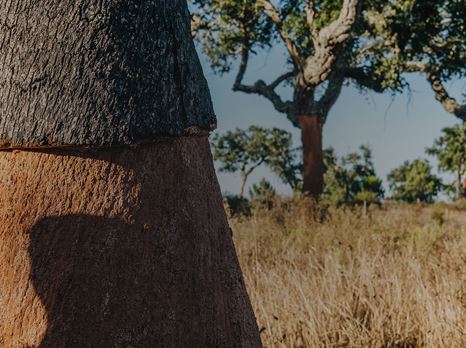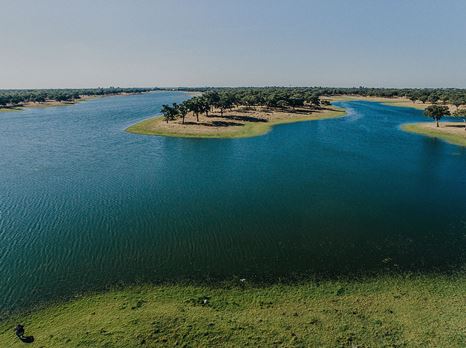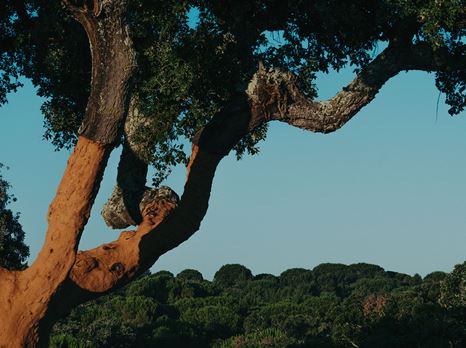What is cork made of?
Cork consists of suberin cells in the shape of tiny pentagonal or hexagonal honeycombs, a complex fatty acid and filled with an air-like gas, which makes up 90% of its volume. It possesses an average density of around 200 kg/m3 and low thermal conductivity.
Chemical composition of cork
• suberin (45%) - main component of the cell walls, responsible for the elasticity of the cork;
• lignin (27%) - insulating compound;
• polysaccharides (12%) - components of the cell walls that help define the texture of the cork;
• tannins (6%) - polyphenolic compounds responsible for the colour;
• seroids (5%) - hydrophobic compounds that guarantee the impermeability of the cork.
Does the quality of cork differ between countries?
Not necessarily. The Quercus suber L genome is the same, therefore there are no significant differences according to origin. There are, however, individual differences from tree to tree.
Why is cork a good thermal insulator?
It is the air which fills the cells in the cork that makes it an excellent thermal insulator. The same protective principle can also be found in other natural products, such as wool and feathers, and in industry, such as double glazed windows, for example. However, none of these materials have such a high level of insulation as cork.
What are the main characteristics of cork?
Lightness
Cork is a very light raw material, weighing just 0.16 grams per cubic centimetre, and can float.
Flexibility/compressibility
Each cork stopper is made up of around 800 million airtight cells. Among them is a gaseous mixture which allows it to be compressed to around half its thickness, without losing any flexibility, and to be decompressed and return to its original shape. This is what is called an elastic memory. Cork is the only solid which when compressed on one side, does not increase in volume on the other. This feature enables it to adapt to variations in temperature and pressure, without compromising its integrity as a stopper.
Impermeability
Thanks to suberin and ceroids, it is practically impermeable to liquids and gases.
Decay resistant
Cork is highly resistant to moisture, and therefore to subsequent oxidation and decay.
Insulation
Cork is an excellent thermal, acoustic and vibration insulator. When transformed into stoppers, its insulation properties contribute to making it the best protection for wine and spirits against temperature variations or contamination and possible negative effects from storage and transport conditions.
In construction, it has clear advantages in regard to the quality of buildings, indoor air and comfort, and may be used in the waterproofing of infrastructures, foundations and underlays, in acoustic and thermal insulation and the final coverings for floors, walls, ceilings, facades and roofs.
Biodegradable, recyclable and renewable
Cork is a natural raw material which is 100% biodegradable, recyclable and renewable.


